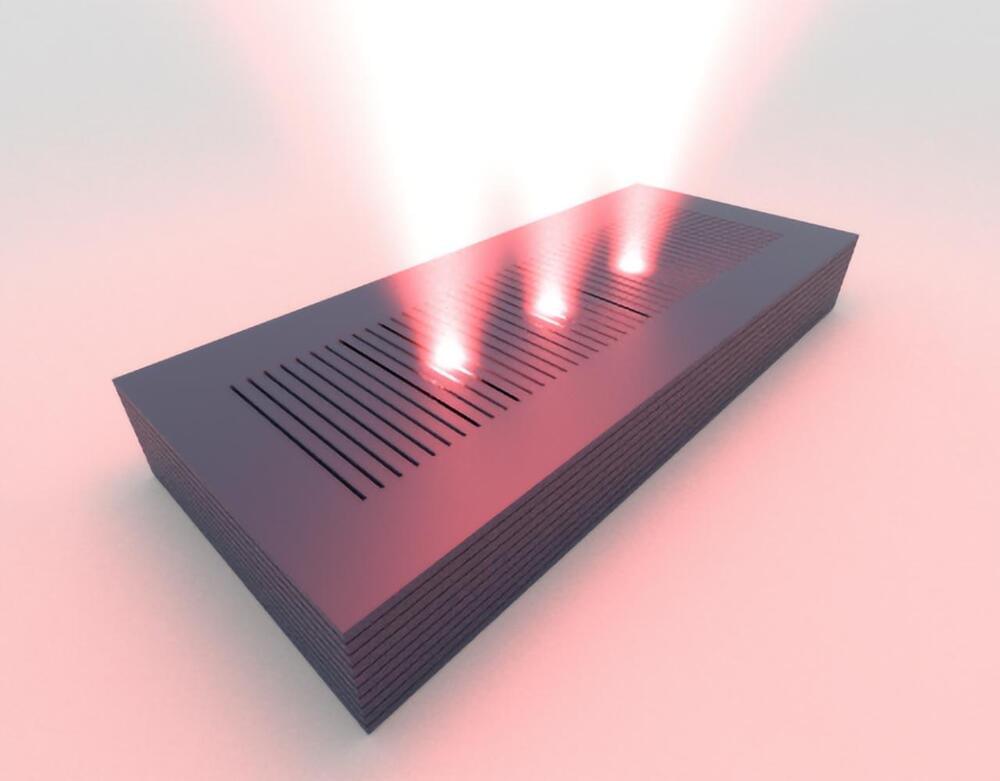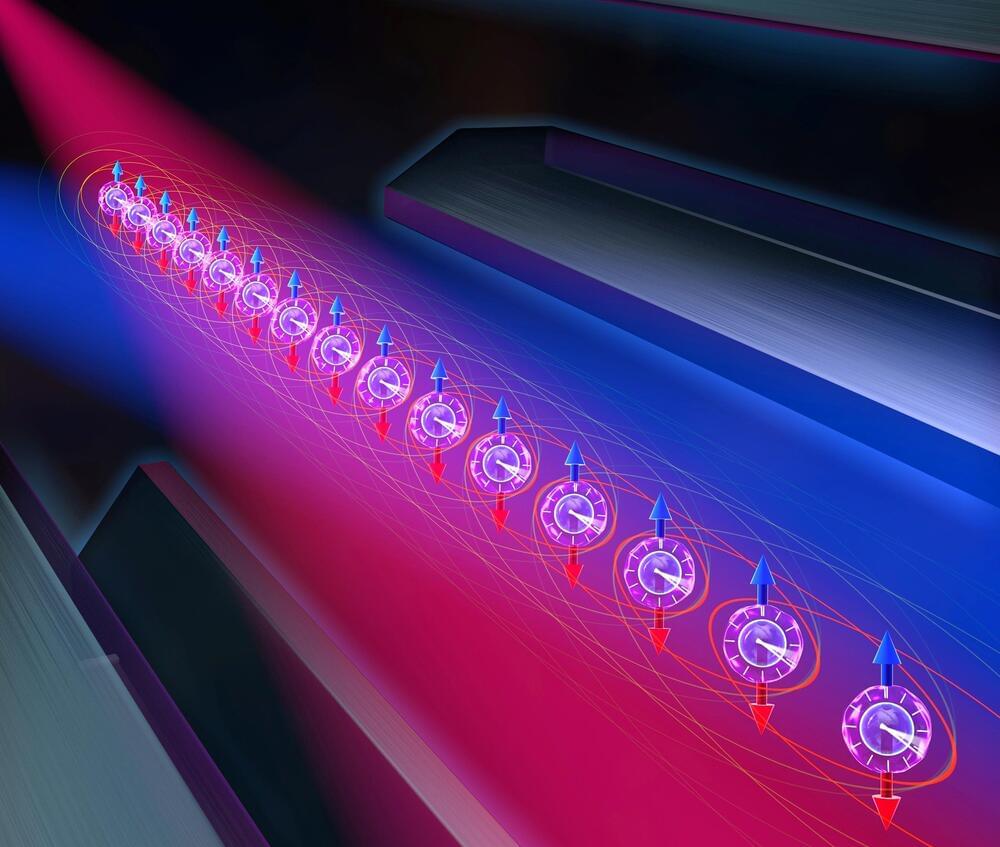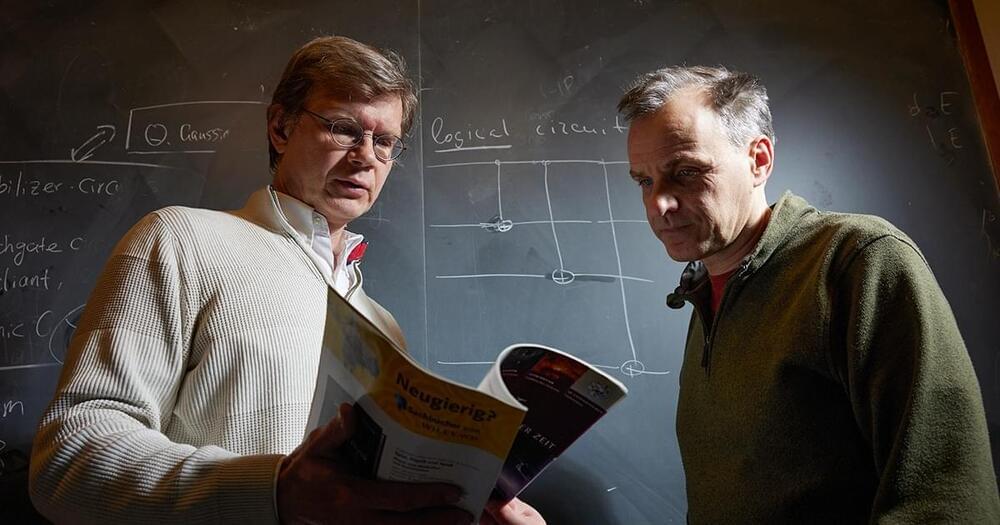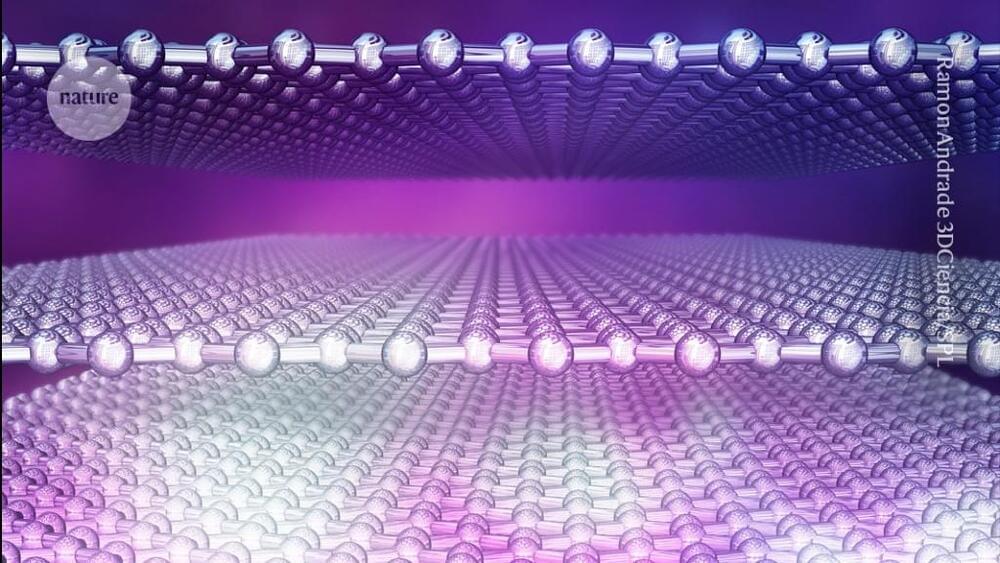To check out the physics courses that I mentioned (many of which are free!) and to support this channel, go to https://brilliant.org/Sabine/ and create your Brilliant account. The first 200 will get 20% off the annual premium subscription.
In this video I explain how Bohmian mechanics, also known as the Pilot Wave Interpretation of Quantum Mechanics works, and what is good and bad about it. I also tell you a little about the history of the subject because I think it is helpful to understand the situation in which the subject is today.
You can join the chat on this week’s video on Sunday, Oct 18, at 6pm CEST:
Or on Tuesday, Oct 20, at 6pm CEST:







